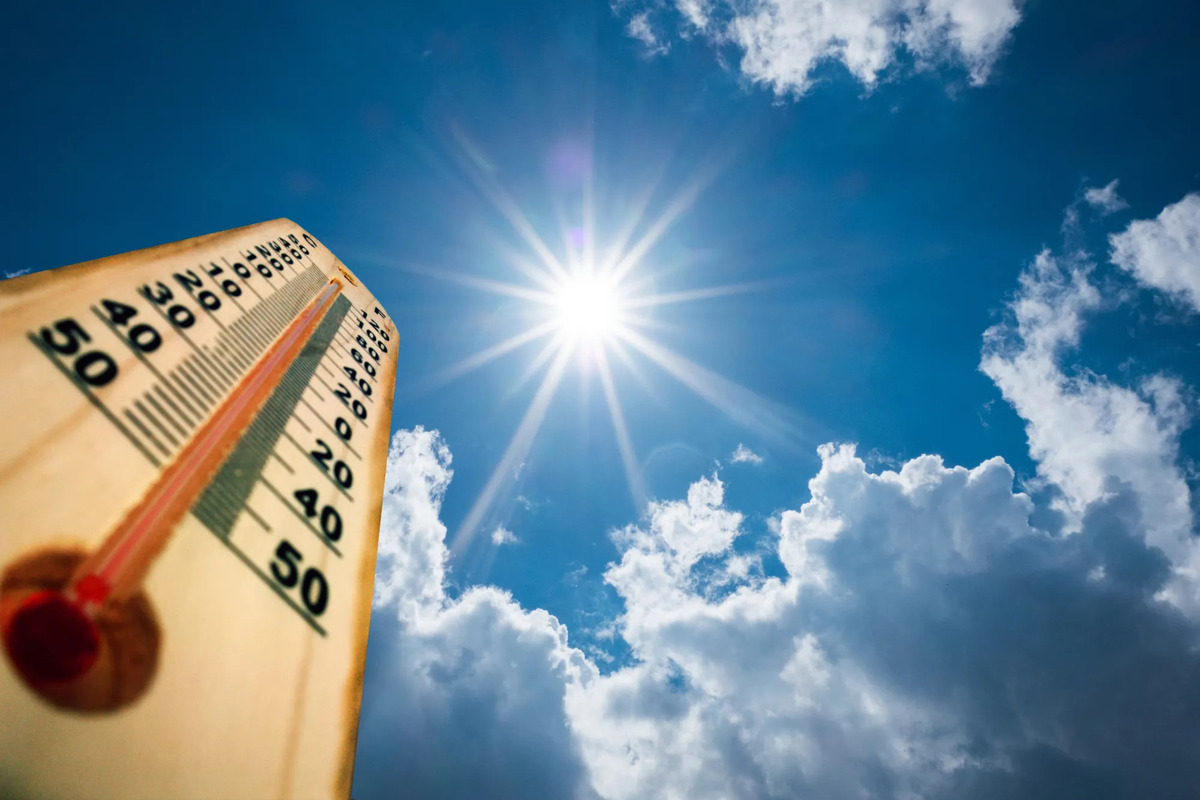Home>Science & Environment>How Temperature Changes Affect Balloon Size: A Diagram Guide


Science & Environment
How Temperature Changes Affect Balloon Size: A Diagram Guide
Published: December 2, 2024
Explore the impact of temperature changes on balloons through a visual comparison in this insightful study. Learn more about the science and environment behind this fascinating experiment.
(Many of the links in this article redirect to a specific reviewed product. Your purchase of these products through affiliate links helps to generate commission for Temperatures.com, at no extra cost. Learn more)
So, let’s talk about how temperature changes mess with balloons, shall we? Picture a balloon, all happy and inflated on a warm day. Heat makes air molecules inside get all excited and move around more, which makes the balloon expand. That’s because, in warmer conditions, air expands, taking up more space.
Now, imagine taking that same balloon into a cold room. Suddenly, those lively air molecules inside don’t have the energy to bounce around as much. They slow down, cuddle up, and the balloon shrinks. Cold air contracts, you see, taking up less space. This visual comparison between the balloon in the heat versus the cold is pretty stark.
Ever noticed balloons drooping at night during outdoor parties? That’s our friend, temperature change, at work. As the night cools, balloons lose their vigor, looking a bit sad as they contract. But give them some morning sun, and they’re back to their perky selves.
In essence, balloons are like mood rings for temperature, visually showing us how air expands with heat and contracts with cold. Next time you see a balloon changing size, you’ll know exactly what’s happening. It’s all about the dance of air molecules with temperature.
















